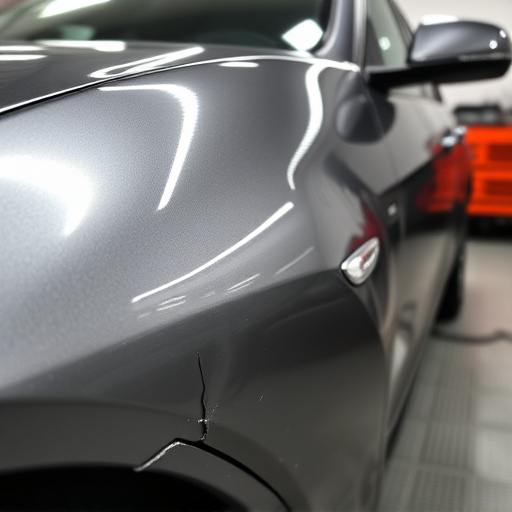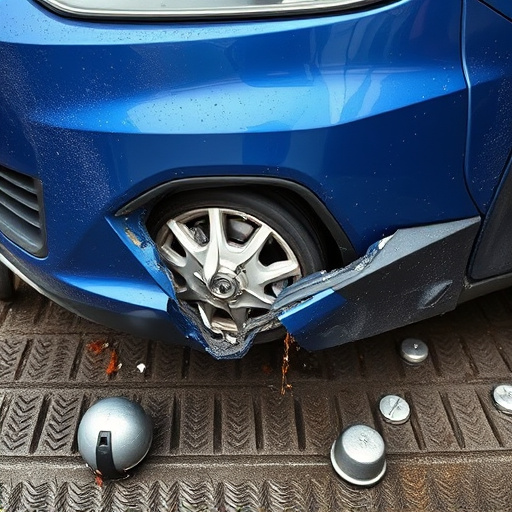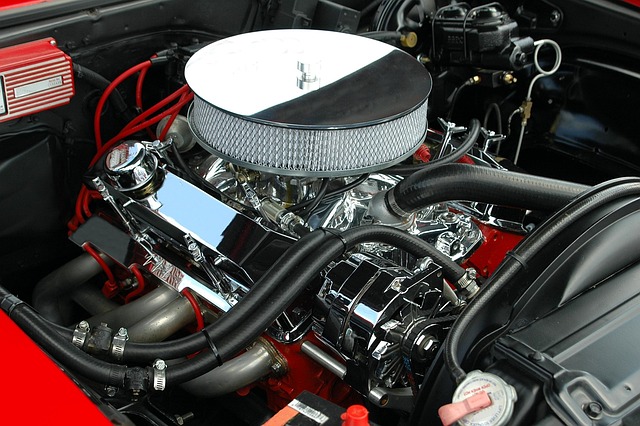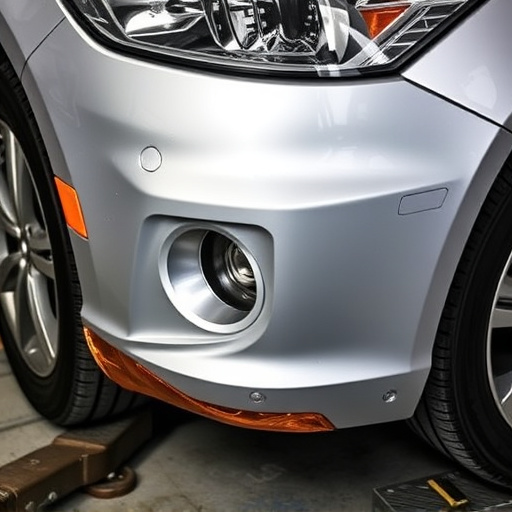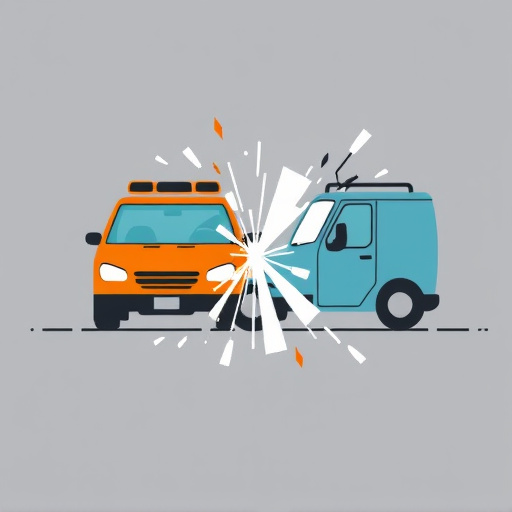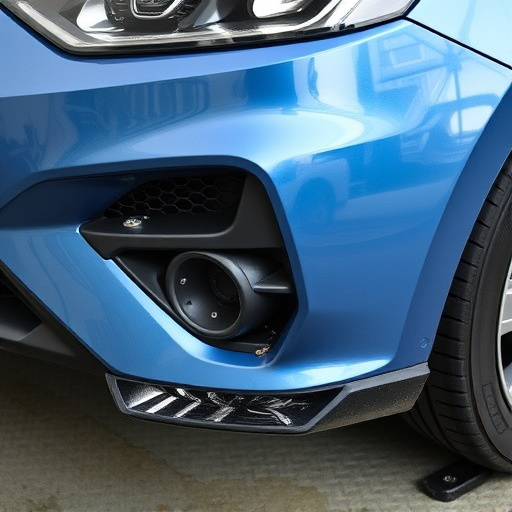Modern car maintenance relies heavily on basic electronic diagnostics collision systems that detect malfunctions via sensor data and provide error codes for swift diagnoses. Advanced diagnostic technologies, powered by 3D imaging, laser scanning, and material analysis, offer more detailed assessments of a vehicle's condition post-collision, ensuring enhanced safety and accurate determination of necessary fixes. Efficiency and reliability are key factors; advanced tools detect subtle issues missed by basic systems, improving auto body work quality and collision repair safety standards.
In today’s automotive landscape, understanding the nuances between basic and advanced electronic diagnostics collision systems is paramount for efficient vehicle maintenance. While basic systems serve as the foundation for identifying common issues, advanced technologies offer a deeper dive into complex vehicular faults. This article explores these differences, focusing on features, efficiency, and reliability. By comparing these two paradigms, we aim to equip readers with insights crucial for informed decision-making regarding their vehicle’s collision diagnostic needs.
- Understanding Basic Electronic Diagnostics Collision Systems
- Unveiling Advanced Features in Collision Diagnostic Technologies
- Comparing Efficiency and Reliability: Basic vs Advanced Systems
Understanding Basic Electronic Diagnostics Collision Systems
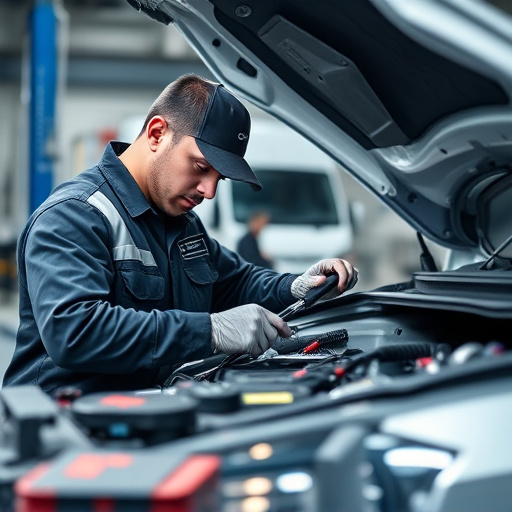
Basic electronic diagnostics collision systems form the foundation of modern car maintenance, offering crucial insights into a vehicle’s performance and health. These systems detect malfunctions and anomalies by monitoring various sensors installed across different components, such as the engine, transmission, and brakes. When a potential issue is identified, these systems translate sensor data into understandable error codes, allowing mechanics to quickly diagnose problems. For instance, an electronic diagnostics system can pinpoint a faulty oxygen sensor, alerting technicians to potential fuel efficiency issues or exhaust pollution concerns during vehicle collision repair.
Understanding how these basic systems operate is essential for anyone considering dent removal or car bodywork services. By interpreting the data generated by sensors, electronic diagnostics collision systems enable preventive maintenance and quick repairs, ultimately contributing to safer and more reliable vehicles. This level of understanding empowers owners to make informed decisions regarding their vehicle’s upkeep, especially when seeking professional help for dent removal or comprehensive car bodywork services.
Unveiling Advanced Features in Collision Diagnostic Technologies
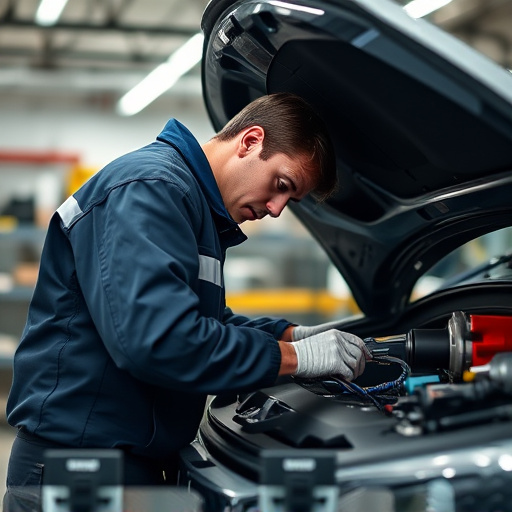
Advanced collision diagnostic technologies are revolutionizing the automotive industry by offering more intricate and precise analysis than their basic counterparts. These cutting-edge systems go beyond simple electronic diagnostics to reveal a comprehensive view of a vehicle’s condition after a collision, including structural integrity assessment, hidden damage detection, and advanced material analysis.
Features like 3D imaging and laser scanning enable technicians to navigate complex car body repairs with accuracy, ensuring that even subtle issues like paintless dent repair are identified and addressed. This level of detail is crucial in determining the scope of necessary fixes, enhancing safety, and optimizing paintless dent repair techniques for a seamless car bodywork restoration.
Comparing Efficiency and Reliability: Basic vs Advanced Systems

When comparing basic to advanced collision diagnostics systems, one of the primary factors to consider is efficiency and reliability. Basic electronic diagnostics for collision detection often rely on standard sensors and software to assess damage, which while reliable in many cases, can be less efficient at identifying subtle issues. These systems might miss minor misalignments or hidden damage, leading to subpar auto body work and potential safety risks.
Advanced diagnostic tools, on the other hand, leverage cutting-edge sensor technology, sophisticated algorithms, and AI-driven analysis. This allows them to detect even the most minute discrepancies in a vehicle’s structure after a collision. As a result, advanced systems offer greater precision and reliability during car damage repair processes, ensuring that every component is thoroughly evaluated before proceeding with collision repair. This translates into higher quality auto body work and improved safety standards for drivers.
Collision diagnostic systems have evolved significantly, offering advanced features that go beyond basic electronics. While basic systems provide essential functionality, advanced technologies boast enhanced efficiency and reliability through sophisticated sensor integration, improved data processing, and real-time performance monitoring. These innovations not only elevate vehicle safety but also enable more accurate fault detection and repair, ultimately contributing to smoother driving experiences and reduced maintenance costs. When considering electronic diagnostics collision systems, understanding these distinctions is key for selecting the most suitable technology for modern vehicles.



